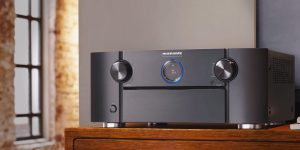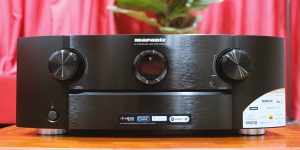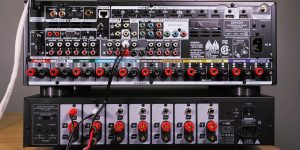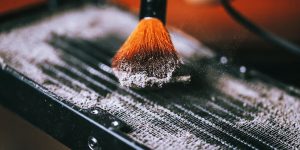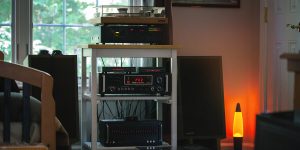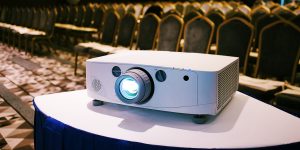Proper ventilation and correct operation of the receiver cooling systems are important for your AV receiver to prevent overheating and ensure optimal performance. Without it, your AVR can suffer from degraded performance, increased risk of damage, and even complete failure. In the upcoming article, I’ll provide practical advice and strategies to help you maintain proper ventilation and cooling for your receiver, ensuring its optimal performance.
Understanding the impact of overheating on AV receiver
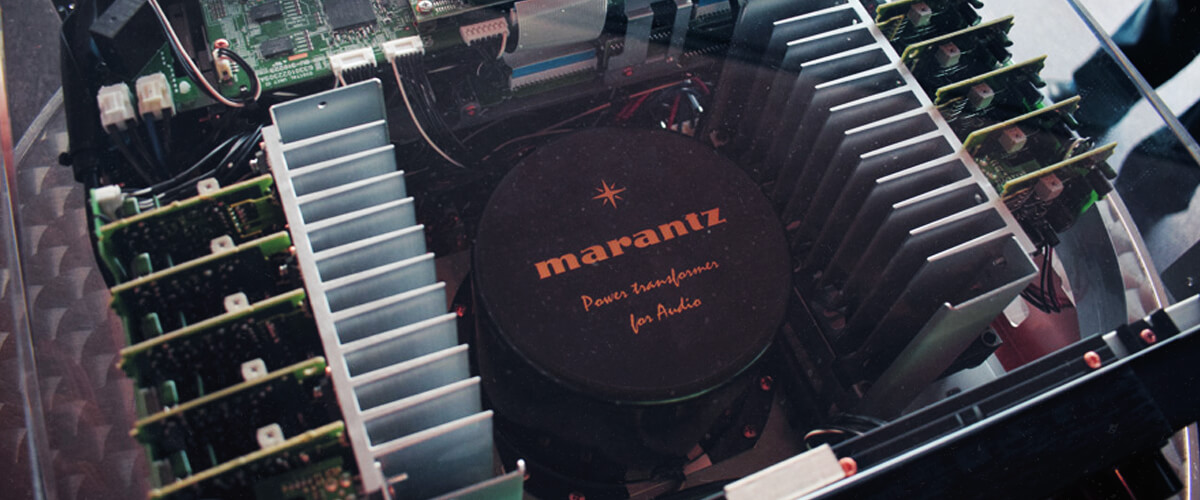
Overheating is a common problem that can seriously affect your AV receiver. It occurs when the internal temperature of the receiver rises to a level that exceeds its operational limits. This can happen for various reasons, including insufficient ventilation, blocking the receiver’s air vents, operating the receiver at high volumes for extended periods, and placing it in an enclosed cabinet without adequate airflow.
When an AVR overheats, it can cause a wide range of problems, from reduced performance to complete failure. For example, you may experience audio dropouts, distortion, or even shutdowns. In addition, overheating can sometimes lead to permanent damage to the receiver’s components, such as its power supply or amplifiers.
I have prepared a table showing the possible situations and how to avoid overheating.
| Impacts of Overheating on AV Receiver | Solutions |
|---|---|
| Reduced performance | Improve ventilation and cooling, reduce volume levels, ensure proper speaker impedance matching, and check for loose or damaged connections. |
| Audio dropouts | Check for loose or damaged connections, reduce volume levels, and improve ventilation and cooling. |
| Distortion | Reduce volume levels, check for loose or damaged connections, and improve ventilation and cooling. |
| Shutdowns | Improve ventilation and cooling, reduce volume levels, and ensure proper speaker impedance matching. |
| Permanent damage to components | Immediately turn off the receiver and seek professional repair assistance. |
| Costly repairs or replacement | Prevent overheating through proper ventilation, cooling, and regular maintenance, such as dusting and cleaning air vents. |
| System failure | Proper ventilation and cooling, regular maintenance, and prompt resolution of any issues can help prevent system failure. |
Factors that contribute to overheating
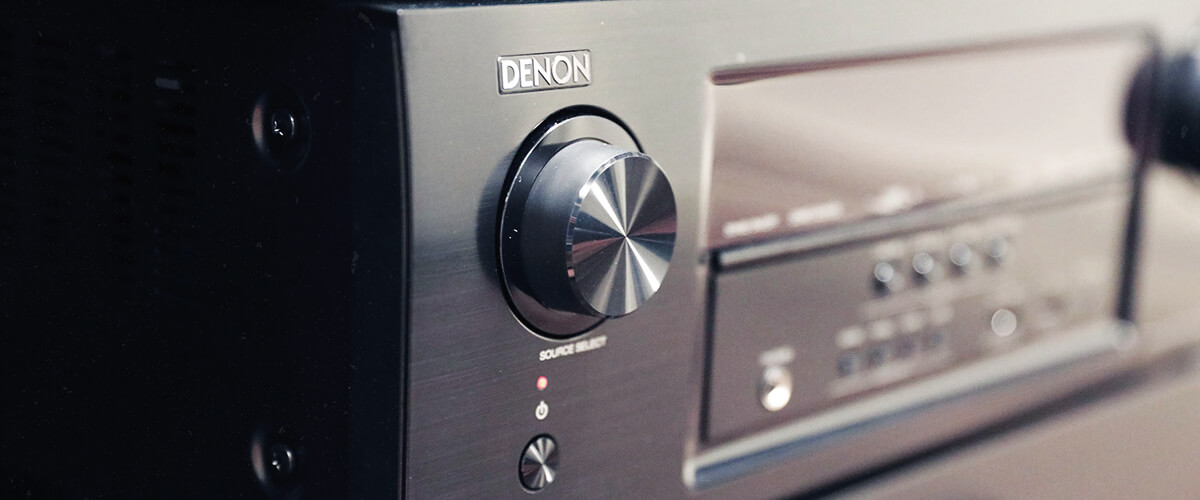
One of the most significant factors that contribute to overheating is insufficient ventilation. When an AV receiver doesn’t have enough space around it or has blocked air vents, it can’t dissipate heat effectively, causing it to build up and lead to overheating. However, there are some other factors I’ll tell you about.
Environmental factors
Environmental factors such as high ambient temperature, high humidity levels, exposure to direct sunlight, and dust or debris buildup can contribute to overheating in AV receivers. Therefore, it’s important to be aware of these aspects and take steps to mitigate their impact, such as ensuring proper ventilation, regulating the temperature and humidity in the room, and regularly cleaning the receiver’s air vents.
In the table, I have shown possible solutions to the most dangerous situations
| Environmental Factor | How it contributes to overheating | Potential Solutions |
|---|---|---|
| High ambient temperature | Raises the temperature of the receiver, making it harder to dissipate heat. | Ensure proper ventilation, use air conditioning or fans to regulate temperature, avoid placing the receiver in direct sunlight, and reduce operating volumes if necessary. |
| High humidity levels | Moisture in the air can interfere with heat transfer, making it harder for the receiver to dissipate heat. | Use air conditioning or dehumidifiers to regulate humidity levels, ensure proper ventilation, and avoid placing the receiver in areas prone to moisture buildup. |
| Exposure to direct sunlight | Raises the temperature of the receiver, making it harder to dissipate heat. | Avoid placing the receiver in direct sunlight, ensure proper ventilation, and use shades or blinds to block direct sunlight. |
| Dust or debris buildup | Obstructs airflow and causes heat to build up inside the receiver. | Regularly clean the receiver’s air vents and ensure proper ventilation. |
Poor ventilation design in the AV receiver
Poor ventilation design in an AV receiver can contribute to overheating, as it may not have sufficient air vents or be placed in inconvenient locations. If you’re dealing with poor ventilation design in your AV receiver, there are several steps I recommend to address the issue:
- Purchase a cooling fan: A cooling fan can help improve airflow around your AV receiver and prevent it from overheating.
- Install a vented rack mount: A vented rack mount can provide additional ventilation for your AV receiver and other home theater components. This is a great solution if multiple devices need proper ventilation.
- Reposition your AV receiver: Ensure your AV receiver has enough space for proper airflow by repositioning it if it’s placed in an enclosed cabinet or on a surface without adequate clearance. Ideally, there should be at least a few inches of clearance on all sides of the receiver.
- Contact the manufacturer: If you suspect poor ventilation design is a widespread issue with your AV receiver model, consider contacting the manufacturer for assistance. They may be able to provide guidance or offer a solution to address the issue.
Using the AV receiver for extended periods
Using the receiver for extended periods can generate heat and contribute to overheating, especially if it’s operating at high volumes. Therefore, taking breaks and turning off the receiver periodically is important to allow it to cool down and dissipate heat.
The time you can use an AV receiver without overheating depends on factors such as the receiver’s design and operating environment. To prevent overheating, it’s a good practice to take breaks and turn off the receiver periodically to allow it to cool down and dissipate heat.
Best practices for proper ventilation and cooling
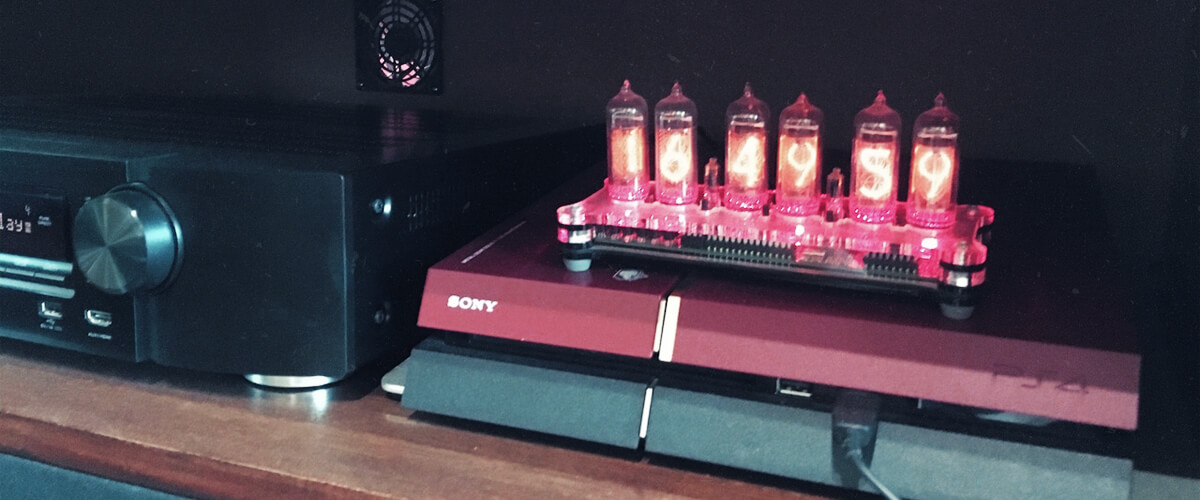
During my long time using receivers, I have found a number of lifehacks that I’m sure will also help you. To address this, I experimented with different solutions and found a few finest practices that worked well for me.
- Make sure there is enough space around the receiver to allow proper ventilation and airflow. I can assure you that this will immediately noticeably improve its performance.
- In some cases, I recommend purchasing a cooling fan for the AV receiver. This will help improve ventilation and cooling during extended use, such as movie marathons or gaming sessions.
- Don’t forget to clean the air vents of the receiver regularly. The accumulation of dust and debris in them can obstruct airflow and contribute to overheating, so it’s important to keep them clean.
- Also, through experience, I found that avoiding using high volumes for extended periods helped to prevent overheating. Operating at high volumes generates more heat and can make overheating more likely.
One practice that didn’t work for me was placing my receiver in an enclosed cabinet. While I initially thought this would protect the receiver and keep it out of sight, I discovered that it made overheating much more likely. In addition, the lack of proper ventilation and airflow inside the cabinet caused the receiver to get much warmer than it would have otherwise.

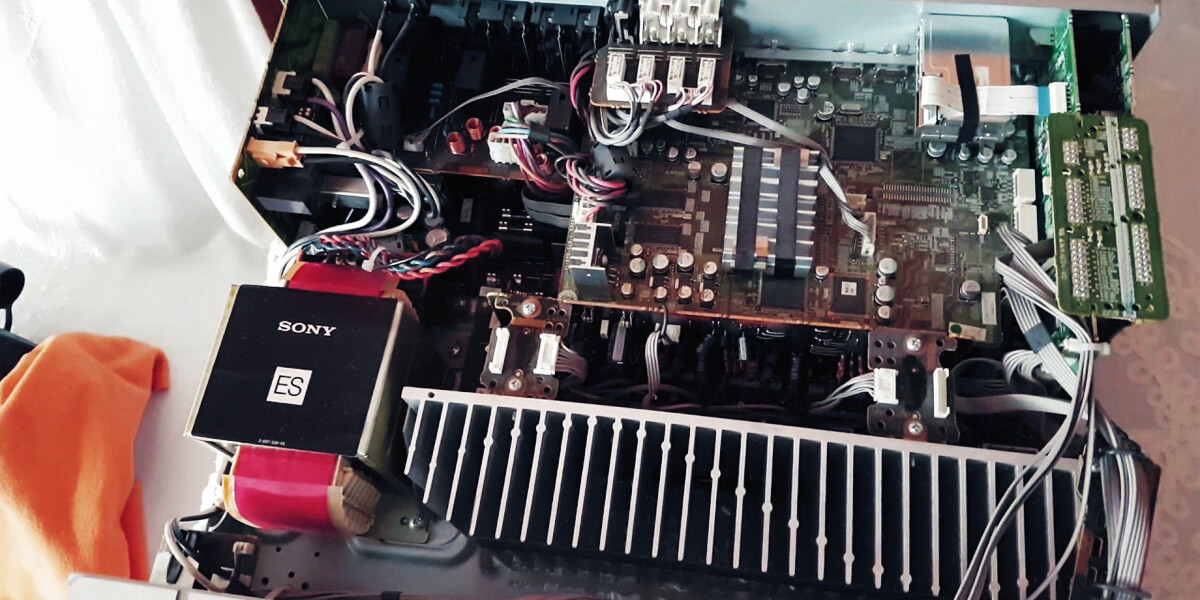


![Best 2-Channel Receiver [Expert Reviews and Buying Guide]](https://hometheaterology.com/wp-content/uploads/2023/11/best-2-channel-receiver-stereo-300x150.jpg)


